Why do some coaches make notes behind the court and others don’t? Are coaches who take notes better (organised) than those who don’t?
By Tjitte Weistra, Badzine Columnist. Photos: BadmintonPhoto
I think there are a variety of reasons behind the first question and the answer to the second question is probably very straight forward and that is that you can obviously not judge the quality of coaching by whether somebody is taking notes behind the court or not. The reasons behind why some take notes and others don’t range from simple personal preference to more in-depth reasons such as one’s learning style and a player’s preference of how they like to be coached and what their learning style is. The whole learning style debate is quite interesting and one I recently wrote an essay on as part of my Human Resource studies at Waikato University here in Hamilton, New Zealand. I will come back to the learning style theory shortly.
Personally I’m not much of a “note-taker” when behind a court coaching. The game nowadays is very fast and I prefer to give my full attention to the game and not get “distracted” by having to write things down. In saying that, there are times when I deliberately take notes because there is a specific objective for doing so. Often this is because I want to show the player I’m coaching some important information which I have not been able to really put across in previous occasions just by talking/explaining. This will usually come on the back of a period in which I have been trying to make a player aware of a certain tactical aspect of his/her game or an opponent’s game which hasn’t clicked (yet).
Taking notes is very closely related to one’s preferred learning style but for some coaches it could be a simple way of dealing with their nerves. Having something “to do” behind the court can help control those anxious moments and having something written down on paper can certainly help to ensure that you put across the key things in the 60-second or 2-minute intervals especially if nerves get in the way of remembering what you want to say.
Most athletes have a combination of “Kinesthetic” and “Visual” as their preferred learning styles which simple means that they learn best by “doing” and “seeing” but there certainly are the odd ones that just understand things quicker and better by seeing it written down or drawn on paper (“Reading / Writing”). The learning style preferences do bring us to some interesting things to consider. The first one is that “Audio” (listening), which completes de “VARK” learning style model, is not often a preferred learning style of players but most of what we do when coaching is talk; hence, the players are always listening to us. We coaches talk during training. We talk during games. We talk a lot! Have you ever caught yourself saying “I’ve told you that a million times, why don’t you get it?”? Perhaps we should ask ourselves the same question. Why does the player not get it? Do we just label this player dumb or stupid or should we ask ourselves whether we have managed to put across the information the right way? Could showing those players notes or drawings help?
We see this tool being used a lot in team sports where tactical positioning is very important but we don’t see it used a lot in badminton. I guess it is a fair question to ask that if players cannot “see” the things that are happening on the court whether such a player has the ability to perform at a high level but exploring with different ways of passing on key information is a good thing to do.
Some coaches have a very strong preference themselves for reading and writing so those coaches will most of the times make lots of notes when coaching as it helps them to organise their thoughts and to store key information better before going on court to communicate those thoughts. One could then, of course, also ask the question whether coaches who have a strong preference for reading and writing can be good coaches because the visual and kinesthetic aspect of coaching is huge. Being able to see what is happening quickly and demonstrating the required skill during training is a major advantage (Next month’s topic: Do good players make good coaches?).
The real aim of this article is to once again get you thinking about a certain aspect of coaching and whether you could revisit the way you capture and store information for yourself and how you put across information to players. Are you trying to consciously be aware of how your players learn best and what your own learning style is are do you think it is irrelevant and players will get the message regardless?
![COACH’S NOTEBOOK – Take note of this! Why do some coaches make notes behind the court and others don’t? Are coaches who take notes better (organised) than those who don’t? By Tjitte Weistra, Badzine Columnist. Photos: BadmintonPhoto […]](https://www.badzine.net/wp-content/uploads/Newsflash-thumbnail.png)
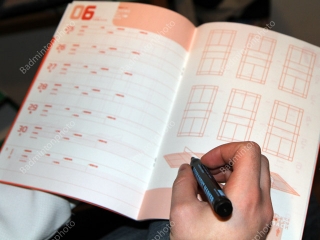

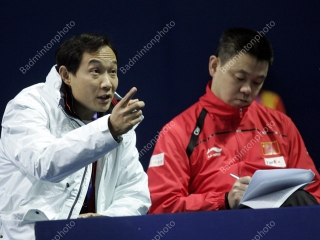
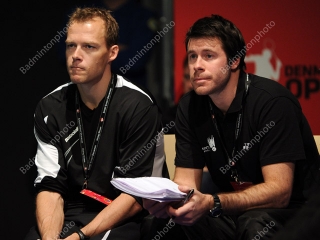
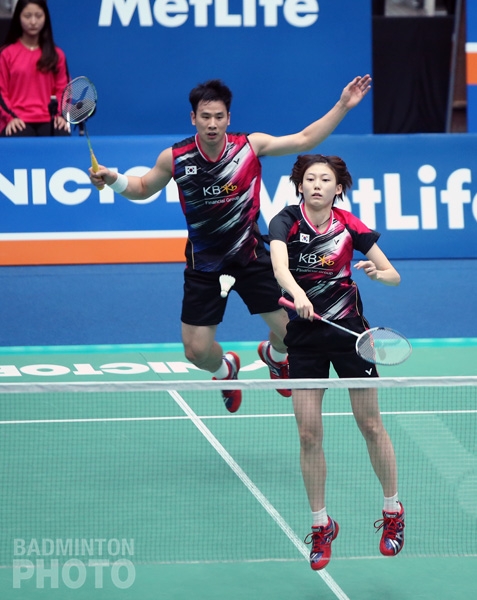


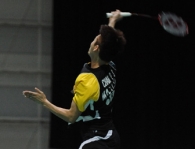
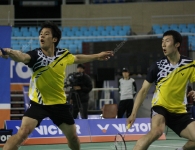
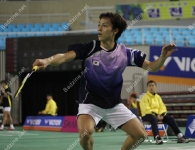
Leave a Reply